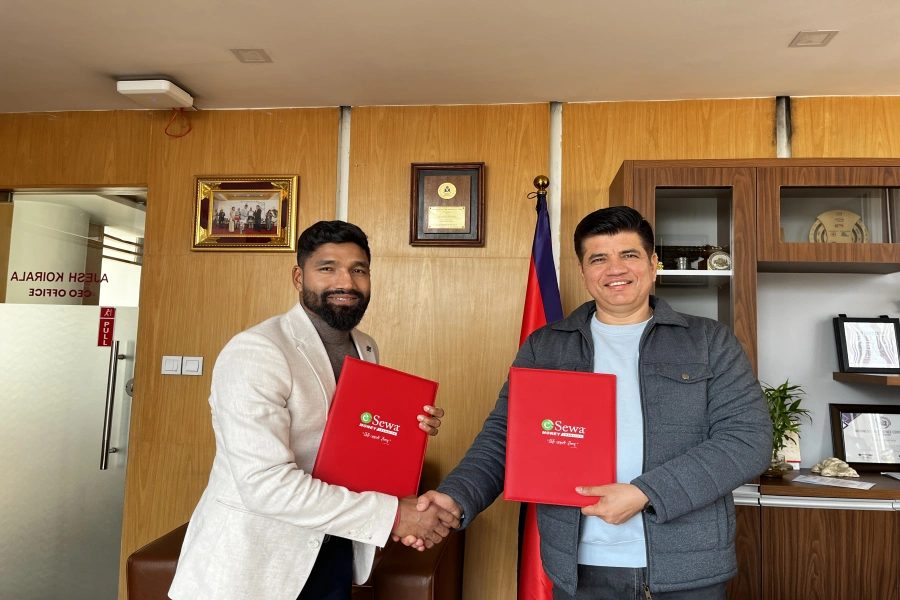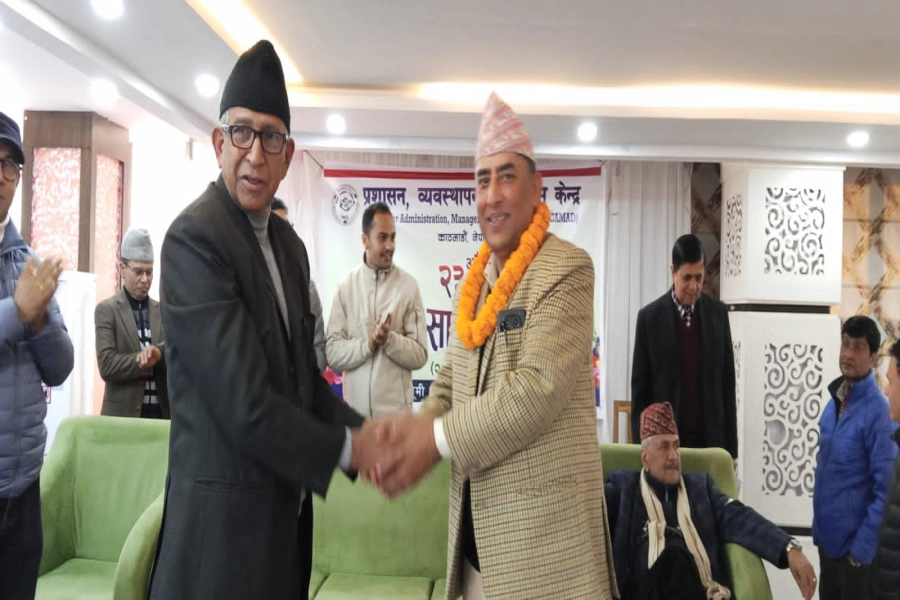Kathmandu’s indigenous Newar community is renowned for their vibrant lifestyle comprising festivals lasting throughout the year. These celebrations hold historical, religious, cultural, and social importance. Among many of such social events, ‘Sithi-Dyo Jatra’ or ‘Sithi Nakha’ is a fiesta celebrated in honor of Kumar -- the warrior God.
Sithi Nakha is an annual festival that falls on this sixth day of the waxing moon of Jestha. Some groups within the Newar community also observe it as Dyo-Puja -- the day dedicated to worship their guardian deity. Sithi Nakha marks the start of monsoon. Many locals are occupied in cleaning the immediate surroundings and water resources, including stone spouts and wells on this day.
Saving Tansen's Ropai Jatra

Though Sithi Nakha is a day-long celebration, the preparation takes five-days. The members of Sithi-Dyo Chen, the deity’s residence, at Jaishidewal brings out the idol of Lord Kumar draped in red cloth which is then placed at the Dabali (stone stage) near the Jaishidewal temple. Upon completing a number of ceremonies, the cloth is removed and the idol is put on display for the devotees. Meanwhile, the member of Sithi-Dyo Chen conducts ‘Nhawa’, a ritual bath with milk and water from Bagmati. The water is sprinkled onto the devotees as holy water from the Dabali. The idol is again covered in red cloth and taken to Sithi-Dyo Chen.
In the evening of Sithi Nakha, the idol is taken out again. This time it is placed at a Falcha (resting place), near Jaishidewal temple. The members of Sithi-Dyo Chen perform additional rituals. Later, the idol is decorated with ornaments and clothed in glistening attire, and left in the Falcha for an entire night.
On the morning of Jestha Saptami, a huge mass of devotees pays their homage to Lord Kumar. The idol of Lord Kumar is kept on Khat (palanquin). In the afternoon, locals of Balambu arrive with their ritual offerings as a part of an age-old tradition. Then in the evening, the idol is carried and taken back to Sithi-Dyo Chen marking the end of the Jatra for the year.
Napit is a 4th semester NeHCA scholar at the Department of Nepalese History Culture and Archeology in Tribhuvan University, Kirtipur.





































